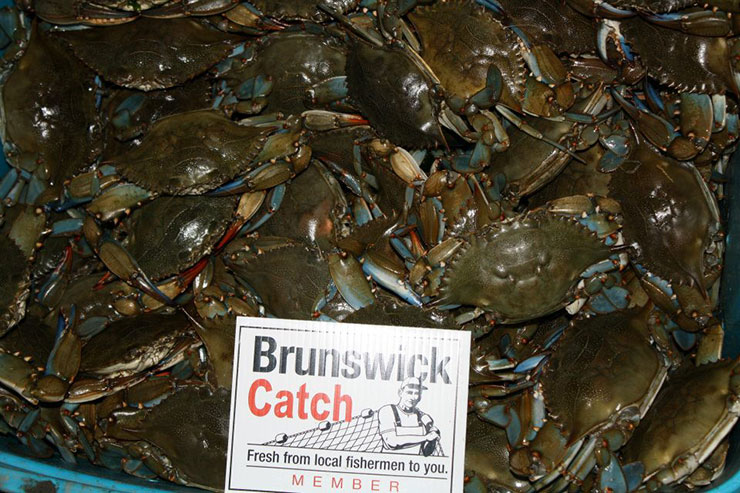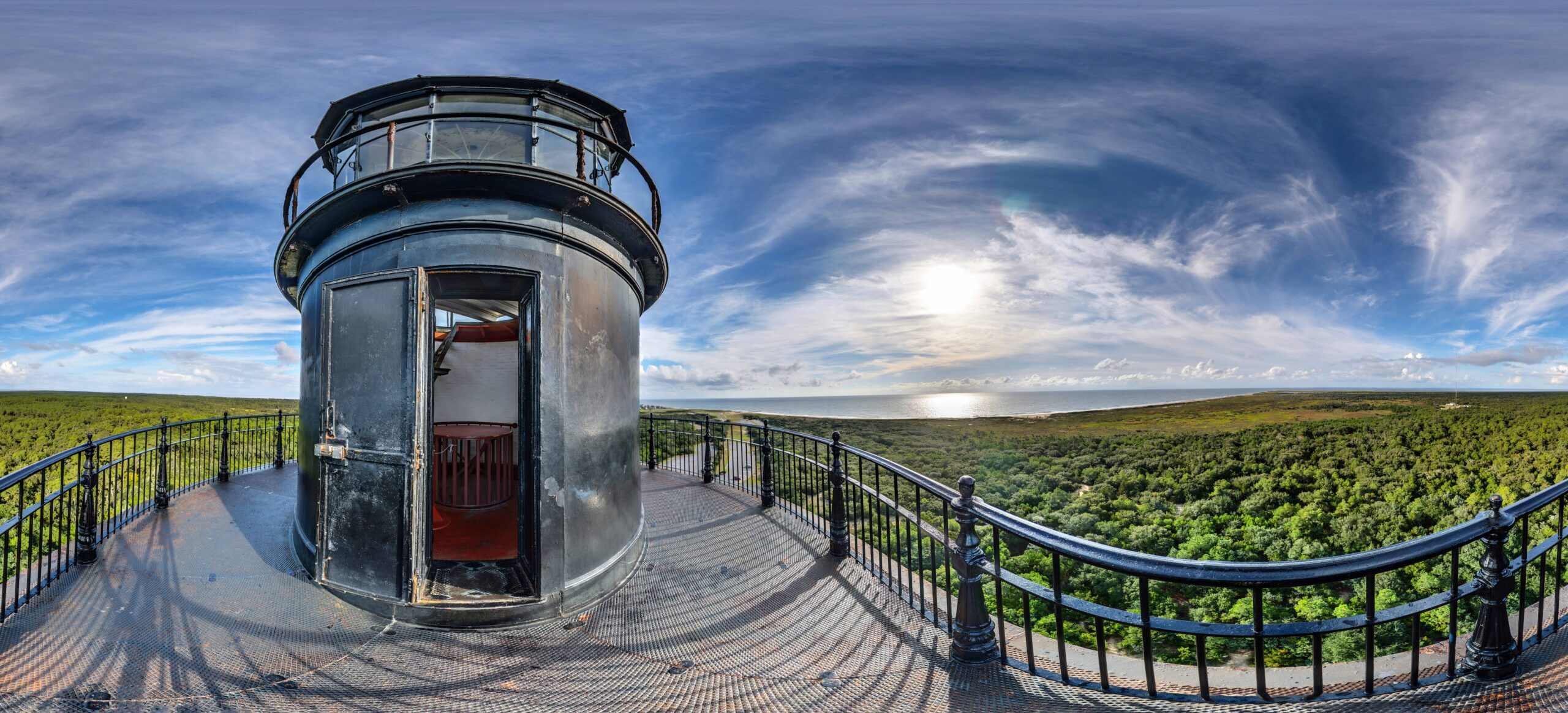Inside Ocracoke Seafood Company, several customers stand near a glass case filled with fresh shrimp, crabmeat, pompano, tuna bites, bluefish and other fish.
Nearby, two signs read: “Freshness from North Carolina Waters” and “Wild North Carolina Shrimp.” Both marketing campaigns promote North Carolina seafood.
Local captains, who work the Pamlico Sound and surrounding waters, supply all the catch at Ocracoke Seafood. Recently, the group of 35 full and parttime commercial fishermen — who joined together to form the Ocracoke Working Watermen’s Association — netted $325,000 from a grant to save the last fish house on the island.
The N.C. Rural Economic Development Center grant allowed them to buy a former fish house and secure the last 67 years of the original 99-year lease.
The grant will help pay off a low-interest economic loan obtained through a Hyde County revolving loan fund. The group also got a $100,000 zero-interest loan commitment from Tideland Electric Membership Cooperative to build an addition for educational programs.
“We had to band together or not have the fish house,” says Hardy Plyler, a fish house representative. “Three years ago, there were two fish houses on the harbor. One didn’t renew its lease. Then when South Point Market shut down and went up for sale, we went six months without a fish house.” Community leaders and politicians, including N.C. Senate President Pro Tempore Marc Basnight, were a driving force behind the effort.
“You don’t have local seafood if you don’t have a local fish house,” Basnight says. “Fishermen have to have a place to take their catch. When they have surplus catch that goes to other markets, they have to have a place to unload the seafood.”
And more importantly, he adds that if there wasn’t a fish house on Ocracoke, the village’s reputation would have changed.
The Ocracoke fish house — next to the Jolly Roger Pub & Marina — backs up to a dock on picturesque Silver Lake. To unload their catch, fishermen tie their boats to the dock rebuilt by the group. The seafood is culled, weighed and measured in a large room with a concrete floor and conveyor belts. The product is then refrigerated at the proper temperature in nearby rooms until it is shipped off the island or sold in the retail outlet.
The success of the fish house goes against a trend of closures sweeping the state.
A recent North Carolina Sea Grant study found that one-third of the state’s fish houses have closed since 2002. Sea Grant seafood technology specialist Barry Nash and cultural anthropologist Barbara Garrity-Blake conducted the survey.
The researchers attribute the decline to globalization.
“Growth in a worldwide seafood market has not yet expanded opportunities for North Carolina fishermen,” the report notes. “Rather, the value of domestic-caught seafood has declined due to a flood of less expensive, farm-raised imports into the United States markets.”
New State Efforts
The N.C. General Assembly addressed the plight of fish houses, as well as other issues facing working waterfronts late in the 2007 session. Spurred by recommendations from the Waterfront Access Study Committee (WASC) chaired by North Carolina Sea Grant executive director Michael Voiland, the new state budget includes up to $20 million to acquire waterfront properties or develop facilities that provide public and commercial waterfront access.
The N.C. Division of Marine Fisheries sought public input on possible Waterfront Access and Marine industry Fund projects. A Citizens’ Advisory Committee is helping DMF and officials from the N.C. Department of Environment and Natural Resources to review suggested projects.
The plan sets out four general program areas for funding: public docking facilities, public boat ramps, fishing access and other marine industry facilities.
Funding priority will be given to multi-use facilities that incorporate multiple program areas, while maintaining environmental responsibility.
“For this fund, working waterfronts are commercial facilities that require direct access to or a location, on, over or adjacent to coastal public trust waters and submerged lands,” according to DMF. “The term includes water-dependent facilities that may be open to the public, offer access by vessels to state waters and lands — or that support facilities for recreational, commercial, research or government vessels.”
Tourism Link
With the Ocracoke fish house back in operation, Plyler feels optimistic about the company’s future.
He says that tourists, restaurants and residents are buying from the small market.
Next summer, the association would like to start an “Ocracoke Fresh” program in Ocracoke restaurants to recognize fresh, locally caught seafood. The program would be similar to Carteret Catch, a countywide seafood branding program.
“Commercial fishing is directly related to tourism in North Carolina, especially on Ocracoke,” says Plyler, who served on the WASC. “It helps to preserve our quaint fishing village image.”
This article was published in the Holiday 2007 issue of Coastwatch.
For contact information and reprint requests, visit ncseagrant.ncsu.edu/coastwatch/contact/.
- Categories:



